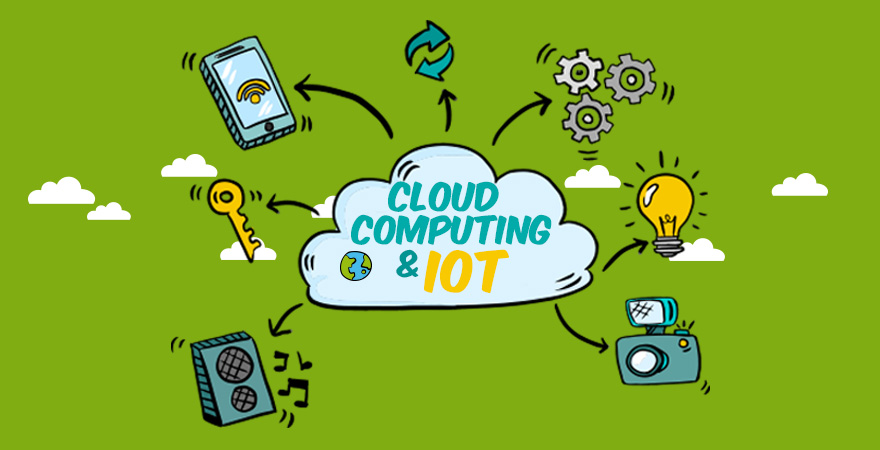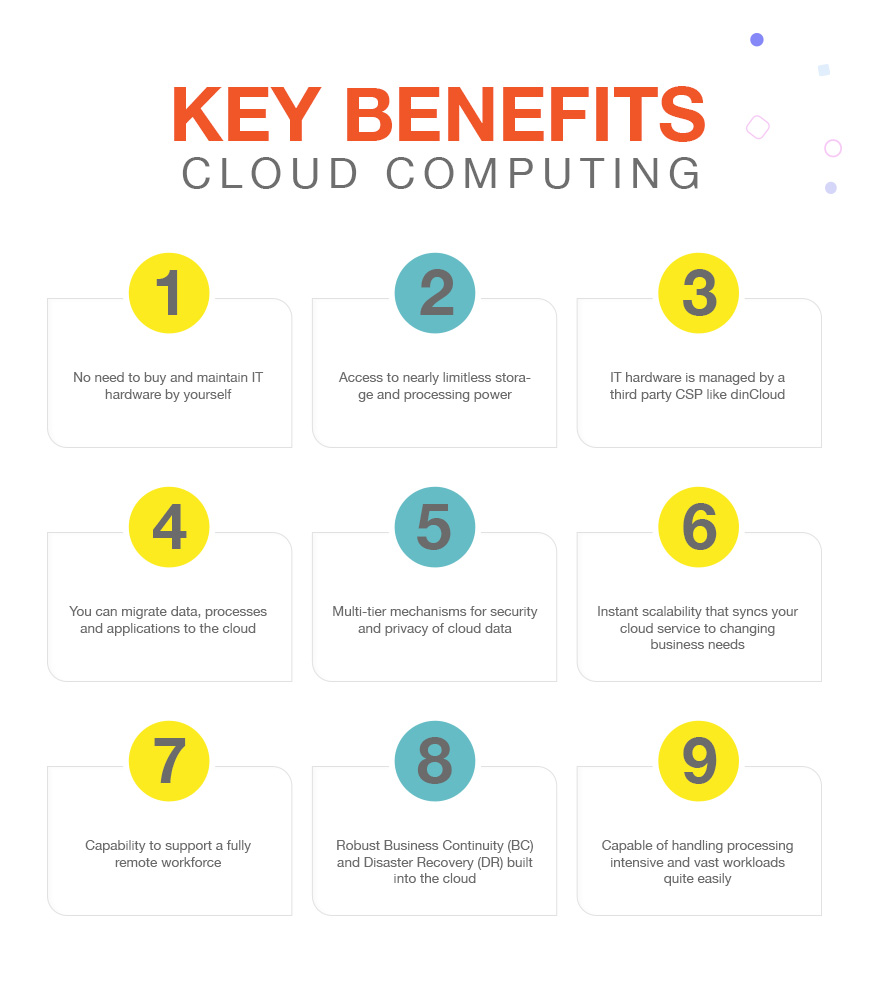Cloud Computing as technology has consistently maintained its growth trajectory. It is primarily due to the constant innovation and enhancements in cloud-powered technologies that cloud adoption rates have never looked back.

The inherent versatility of the cloud is evident in the domains of data, storage, processing, backup, applications and more. Now, technology is becoming smarter with every passing day. Lots of processes requiring human intervention are moving towards automation.
Also Read: The Cloud can be a Game Changer for These Industries
Brief Round-up of Cloud Computing
The domain of Cloud Computing has moved IT Infrastructures towards centrality once again. In the middle stages of IT, computing transitioned from being a highly specialized and costly affair to a widely available resource in the form of personal computers.
Back in the days, there only used to be huge computers, which could be built, maintained and used by only a select few such as government agencies, universities and large corporations. This computing power was available to the masses for a charge or fee.
Then, we entered the era of personal computers where a PC became the quintessential item for every household. It did not take long for people to realize that IT hardware has a very high rate of obsolescence and requires constant maintenance.
People started realizing that why should they own IT hardware that’s both costly to buy and maintain, when limitless compute and processing is available in the form of cloud computing. This was the dawn of the era of Cloud Service Providers (CSP) like dinCloud.
Key Benefits of Cloud Computing

- No need to buy and maintain IT hardware by yourself
- Access to nearly limitless storage and processing power
- IT hardware is managed by a third party CSP like dinCloud
- You can migrate data, processes and applications to the cloud
- Multi-tier mechanisms for security and privacy of cloud data
- Instant scalability that syncs your cloud service to changing business needs
- Capability to support a fully remote workforce
- Robust Business Continuity (BC) and Disaster Recovery (DR) built into the cloud
- Capable of handling processing intensive and vast workloads quite easily
Also Read: Cloud Spending to Attain a 32% Chunk of IT Budgets
What is the Internet of Things (IoT)
Presently, we are setting foot in the era of Internet of Things (IoT). This is a super connected vast network of smart devices that are capable of producing, transmitting, processing and receiving actionable data required to execute various processes.
If the above definition sounds a bit overwhelming, let’s break it down for total clarity. The smart device may be a motion or temperature sensor installed somewhere in your home to perform a specific function.
This temperature sensor for instance will constantly be measuring the ambient temperature and comparing it with your preferred setting. As soon as the data generated by the sensor detects a rise is heat levels, it triggers your air conditioning to turn on.
In this simplest example, the temperature sensor was constantly generating data in the form of temperature readings over certain time intervals. This data was being transmitted to a microprocessor installed in your air conditioner.
As soon as the received data hints at a certain high temperature threshold, the air conditioning would automatically turn on. By the time you reach home from work, you will find the perfect temperature across your home.
Also Read: How Can SMBs Truly Benefit from Desktop as a Service (DaaS)?
The Ultimate Goal of IoT
Above example was the simplest illustration of an IoT ecosystem. Now, expand the same example to the scope of whole smart cities, where almost all civic amenities and functions are performed by a highly interconnected network of constantly interacting devices.
The caveat in this entire highly automated system is that each of the millions of devices, which we call edge devices, are constantly generating data. When we look at the aggregated effect of this data, it translates into many terabytes of data in a short span.
Cloud as the Binding Factor for IoT
This vast amount of data that’s being generated firstly needs a repository, as the storage capacity of small edge devices is limited. This is where the limitless storage available at cloud providers like dinCloud comes really handy. So, all the vast amounts of data being constantly generated ultimately finds its way to the vast data centers of a cloud provider like dinCloud. Here, data from thousands of sources is consolidated before being systematically stored.
Also Read: Cloud Computing Benefits for the Healthcare Sector
The Processing Might of the Cloud
What do you do with all this terabyte of data? Well, it’s quite simple, this data will have to be processed, analyzed and manipulated to extract valuable and actionable insights. These outputs would then serve as the inputs for the billions of devices in the IoT ecosystem.
The final shape of this entire infrastructure is a fully autonomous and automated system, which has the full capacity to manage entire cities with populations in the millions. By automating these day to day processes, we bring efficiency and consistency in systems.
Conclusion
We can’t say that the cloud is absolutely essential to the existence of an IoT framework. However, the flexibility, versatility and instant scalability of the cloud make it a highly suitable candidate for effectively supporting the IoT ecosystem being visualized.
If you are also an enterprise that’s considering the cloud for its data, processes or applications, dinCloud is a highly suited Cloud Service Provider (CSP) for your existing and future needs.
You are welcome to Contact Us for any queries or clarifications you may have about our class leading cloud solutions and services.


